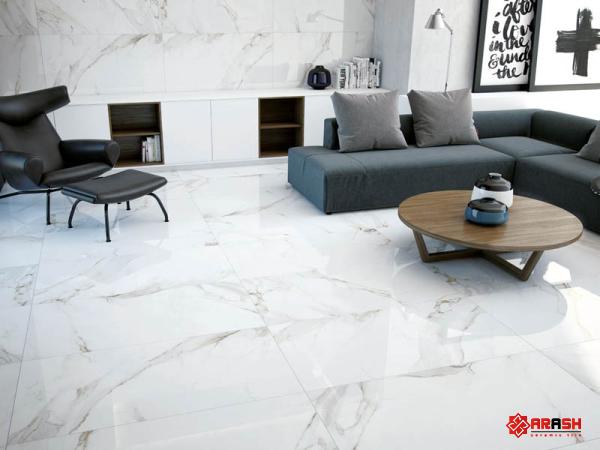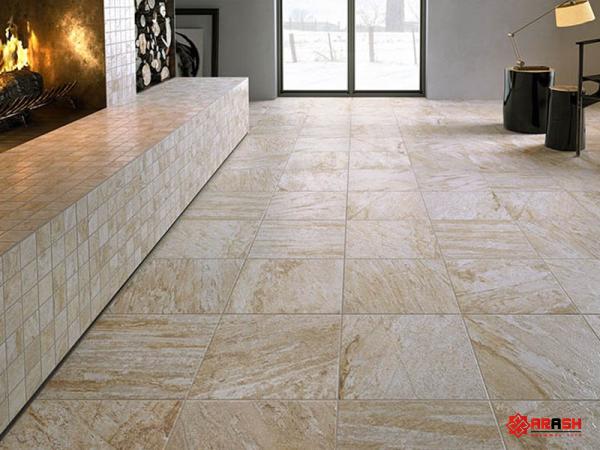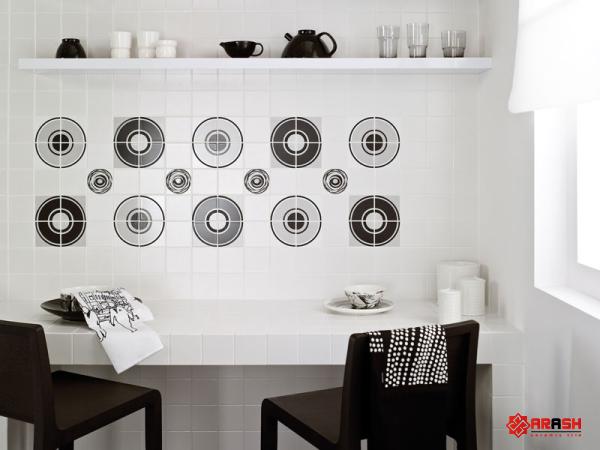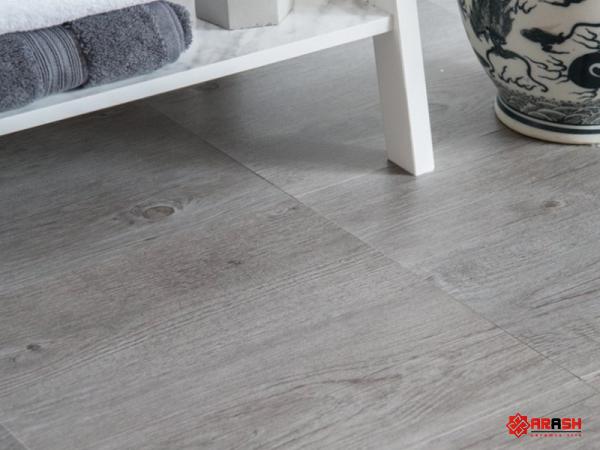Choosing the right tile for your shower is crucial for both aesthetics and functionality. Ceramic and porcelain tiles are popular choices due to their durability and versatility. However, understanding the differences between the two materials can help you make an informed decision. This article will explore the pros and cons of ceramic and porcelain tiles in shower applications to help you select the most suitable option for your needs. 1. Durability and Water Resistance: Both ceramic and porcelain tiles are known for their durability, but porcelain tiles have an edge when it comes to water resistance. Porcelain tiles have a lower water absorption rate (less than 0.5%) compared to ceramic tiles (around 3-7%). This means that porcelain tiles are less likely to allow moisture to seep through, which makes them an excellent choice for shower areas.

.
 2. Maintenance and Longevity: Porcelain tiles are generally more resistant to scratches, stains, and wear compared to ceramic tiles. Due to their high-density composition and glazed surface, porcelain tiles hold up better against heavy use and require less maintenance in the long run. Ceramic tiles, on the other hand, may require more frequent sealing to maintain their appearance and protect against water damage. 3. Aesthetic Appeal: Ceramic tiles offer a wide range of design options, including various colors, patterns, and textures. They are often considered a more cost-effective option, making them suitable for those on a budget or seeking a quick bathroom update. Porcelain tiles, while typically pricier, can mimic various natural stone or wood patterns, offering a more luxurious and sophisticated look.
2. Maintenance and Longevity: Porcelain tiles are generally more resistant to scratches, stains, and wear compared to ceramic tiles. Due to their high-density composition and glazed surface, porcelain tiles hold up better against heavy use and require less maintenance in the long run. Ceramic tiles, on the other hand, may require more frequent sealing to maintain their appearance and protect against water damage. 3. Aesthetic Appeal: Ceramic tiles offer a wide range of design options, including various colors, patterns, and textures. They are often considered a more cost-effective option, making them suitable for those on a budget or seeking a quick bathroom update. Porcelain tiles, while typically pricier, can mimic various natural stone or wood patterns, offering a more luxurious and sophisticated look.
..
 4. Installation Considerations: Both ceramic and porcelain tiles require professional installation to ensure a proper fit and minimize the risk of water damage. However, due to porcelain tiles’ density and hardness, they may be more challenging to cut and handle during installation. Ceramic tiles are generally more straightforward to work with, which can help reduce installation costs and time. 5. Cost Comparison: The cost of ceramic and porcelain tiles varies depending on factors such as the brand, size, design, and location. Generally, ceramic tiles are more affordable than porcelain tiles. However, it’s essential to consider the long-term benefits and durability when making a decision.
4. Installation Considerations: Both ceramic and porcelain tiles require professional installation to ensure a proper fit and minimize the risk of water damage. However, due to porcelain tiles’ density and hardness, they may be more challenging to cut and handle during installation. Ceramic tiles are generally more straightforward to work with, which can help reduce installation costs and time. 5. Cost Comparison: The cost of ceramic and porcelain tiles varies depending on factors such as the brand, size, design, and location. Generally, ceramic tiles are more affordable than porcelain tiles. However, it’s essential to consider the long-term benefits and durability when making a decision.
…
 Investing in porcelain tiles may require a higher upfront cost but can potentially save you money on maintenance and replacements in the future. Conclusion: Both ceramic and porcelain tiles offer numerous benefits for shower applications. While ceramic tiles provide a wide range of design options and a more budget-friendly choice, porcelain tiles offer enhanced durability and resistance to water damage. Ultimately, the choice between the two depends on your specific requirements, budget, and desired aesthetic. Consulting with a professional tile installer can further help you make an informed decision and ensure a seamless shower renovation that will withstand the test of time.
Investing in porcelain tiles may require a higher upfront cost but can potentially save you money on maintenance and replacements in the future. Conclusion: Both ceramic and porcelain tiles offer numerous benefits for shower applications. While ceramic tiles provide a wide range of design options and a more budget-friendly choice, porcelain tiles offer enhanced durability and resistance to water damage. Ultimately, the choice between the two depends on your specific requirements, budget, and desired aesthetic. Consulting with a professional tile installer can further help you make an informed decision and ensure a seamless shower renovation that will withstand the test of time.











Your comment submitted.